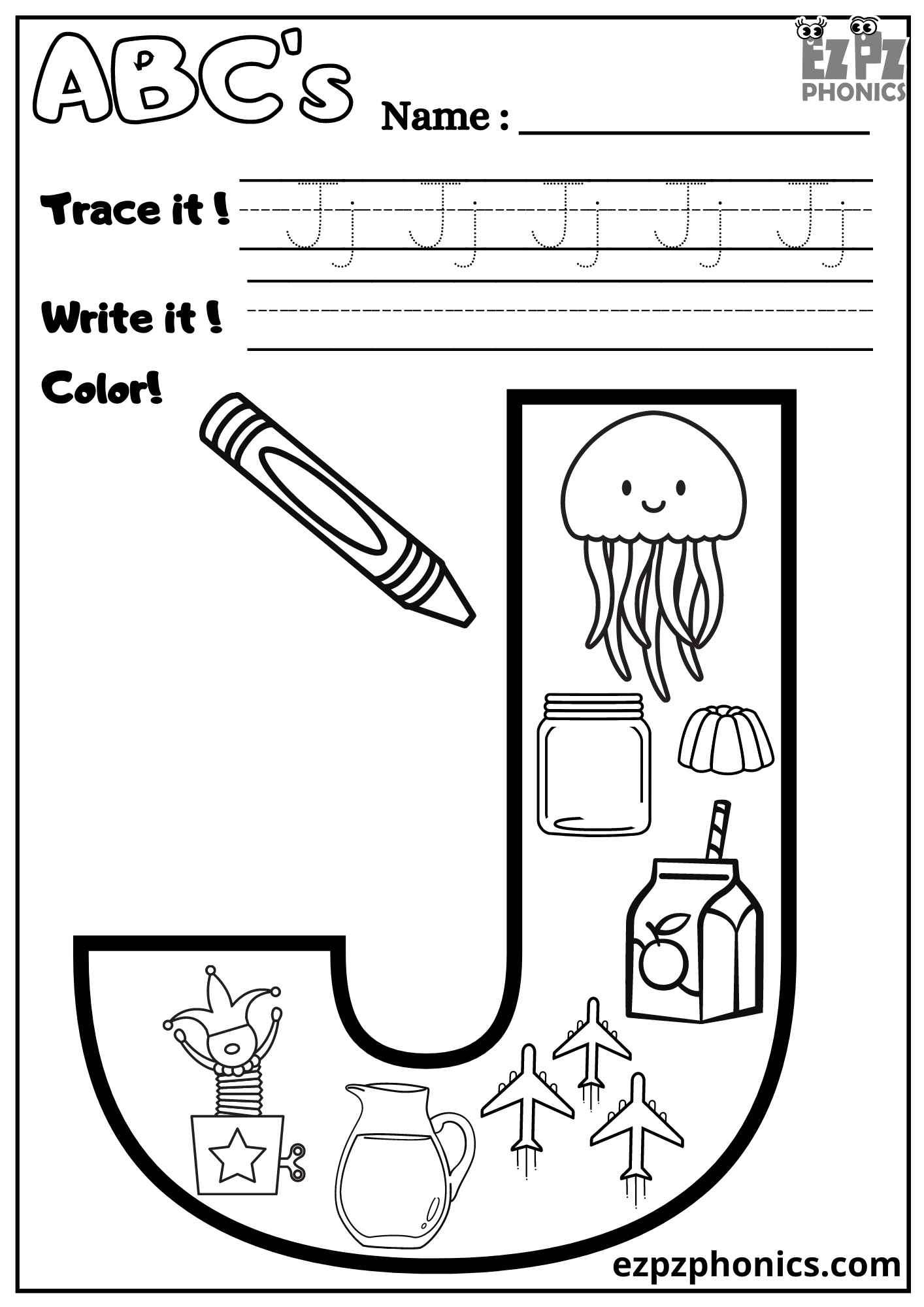Learning to write the letter M is an important skill for young children as it is one of the building blocks of literacy. By practicing tracing and writing the letter M, children can improve their fine motor skills and begin to recognize the shape of the letter. There are many fun and engaging ways to help children learn how to trace and write the letter M.
Whether you are a teacher, parent, or caregiver, it is essential to provide children with opportunities to practice tracing and writing the letter M. By incorporating activities that are both educational and enjoyable, children are more likely to stay engaged and motivated to learn. Let’s explore some creative ways to help children master the letter M.
Letter M Trace and Write
One effective way to help children learn how to trace and write the letter M is through the use of worksheets. There are numerous printable worksheets available online that feature the letter M in various fonts and sizes. Children can practice tracing the letter M with their fingers or a pencil to get a feel for the shape and formation of the letter. Once they feel comfortable tracing, they can move on to writing the letter M on their own.
Another engaging activity is to incorporate sensory materials into the tracing and writing process. Children can use items such as sand, shaving cream, or playdough to practice forming the letter M. By using these tactile materials, children can engage multiple senses while learning how to write the letter M, making the experience more memorable and enjoyable.
For a more interactive approach, consider using technology to help children learn how to trace and write the letter M. There are many educational apps and online games that focus on letter tracing and writing. These digital tools can provide children with immediate feedback and reinforcement as they practice forming the letter M, making the learning process more engaging and effective.
In addition to worksheets, sensory materials, and technology, incorporating art and crafts into the tracing and writing activities can also be beneficial. Children can create their own letter M using materials such as colored paper, markers, and stickers. By encouraging children to be creative and artistic, they can develop a deeper understanding and appreciation for the letter M.
In conclusion, mastering the letter M trace and write is an essential skill for young children to develop. By providing children with a variety of engaging activities and resources, they can improve their fine motor skills, enhance their literacy skills, and have fun while learning. Whether through worksheets, sensory materials, technology, or art and crafts, there are many effective ways to help children trace and write the letter M.
